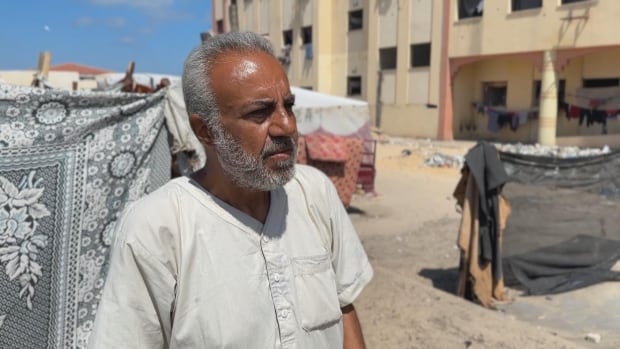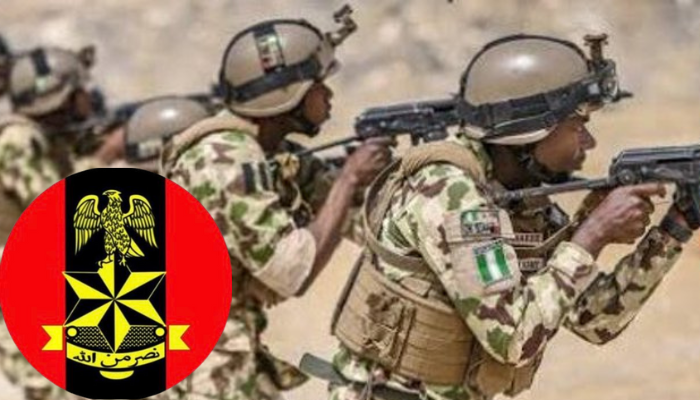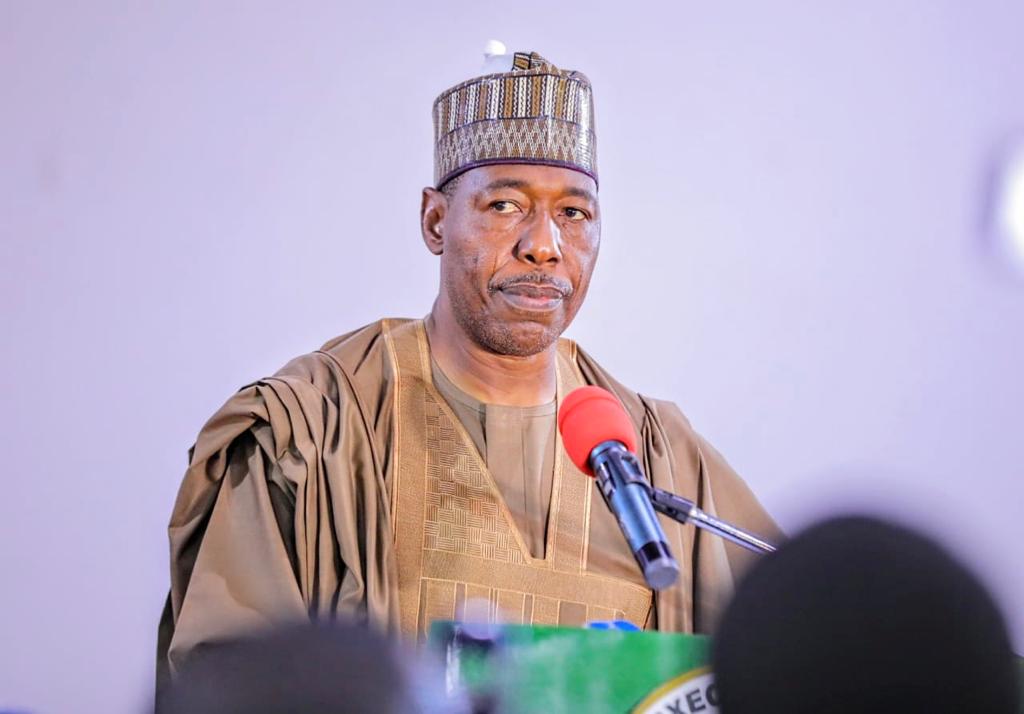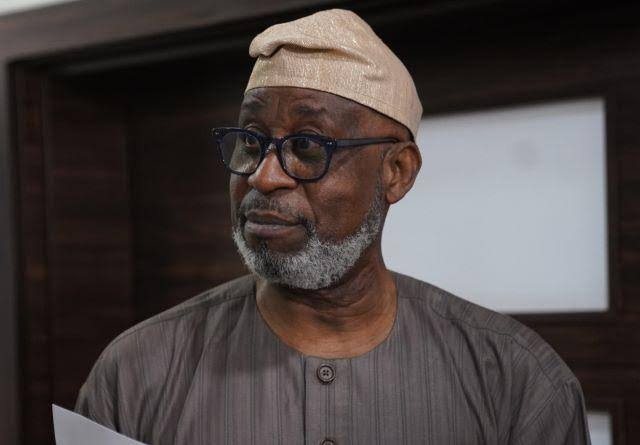Palestinians on Wednesday commemorated the 76th anniversary of the Nakba, or “catastrophe,” drawing similarities between the mass wartime displacement of 1948 with the “misery” hundreds of thousands of families in Gaza have experienced during the latest ongoing conflict with Israel.
“Nakba” is an Arabic term used by Palestinians and their supporters to describe the time in which hundreds of thousands of Palestinians were forced out of their homes or fled during the war over the creation of Israel.
Israel contests the assertion that it forced out Palestinians. This year, Israelis marked the country’s Independence Day, or Yom Ha’atzmaut, from sunset on Monday to sunset Tuesday; while the modern state of Israel declared independence on May 14, 1948, the holiday is marked according to the Jewish calendar.
Some in Gaza lamented that the ongoing war between Israel and Hamas has been history repeating itself.
“In 1948, only certain people drank from the glass — but in the Nakba of 2024, every home in Gaza drank from the glass of death,” Ahmed Musleh, 44, said Wednesday in Khan Younis.
“The Nakba of 2024 is a trillion Nakbas.”
This year’s commemoration has been dominated by the plight of around two million Palestinians in Gaza, most of whom are living in temporary shelters after being displaced from their homes by the Israeli campaign, launched in the wake of the Oct. 7 Hamas-led attack on Israel.
Identity drawn from Nakba
The seven-month-long Israeli assault, which began after the Hamas-led attack killed some 1,200 people, has left much of the Gaza Strip a wasteland of rubble and wrecked buildings. Fighting has killed more than 35,000 Palestinians and displaced most of the population, drawing fears among many of a second Nakba, in which they would be forced from Gaza altogether.
“Today’s Nakba is destruction, today’s Nakba is general misery for everyone,” Musleh told CBC News in an interview. “Today’s Nakba changed the signs of life.”

The May 15 Nakba day commemoration marks the start of the 1948 war, when neighbouring Arab states attacked Israel a day after the new state declared its independence following the withdrawal of British forces.
The fighting lasted for months and cost thousands of lives, with almost 800,000 Palestinians fleeing their homes or drive away from villages in what is now Israel, most into makeshift camps like the ones now occupied by the displaced of Gaza.
Keeping the memory of the Nakba alive has been tantamount to the Palestinian identity. For some, the experience they’ve lived through in the last months have gone beyond what the stories they heard from their ancestors.
“This is a very painful anniversary for us, and now it’s happening all over again,” said Mohammed Issa, 30. “But on a bigger scale, and more destruction and emotional…. It hurts even more.”
Palestinians in Khan Younis reflected on the devastation of the ongoing Israel-Hamas war in Gaza as they marked the 76th anniversary of the Nakba. The Arabic word for ‘catastrophe’ is used by Palestinians and their supporters to describe Israel’s declaration of independence in 1948, which led to the displacement of hundreds of thousands of people. Many Palestinians fled or were forced from their homes in the ensuing war between Israel and its Arab neighbours.
This week, Israeli forces seized control of the Rafah border crossing — one of the main avenues for aid — and are preparing for a widely expected assault on the city, where more than one million people uprooted by the war have been sheltering.
Dwindling food and fuel stocks could force aid operations to grind to a halt within days in Gaza as vital crossings remain shut, forcing hospitals to close down and leading to more malnutrition, United Nations aid agencies said on Friday.
Issa, a former doctor, said he’s resorted to selling bags of juice on the streets to make money so he can feed his wife and two children. Other Palestinians said they have been living off old boxes of aid filled with canned goods like green beans and peas.
“When it finishes, I have no idea what we will do,” said Reem Abu Sabla, 35, who is sheltering in Khan Younis with his children. “It’s a big catastrophe…. If it wasn’t for the cans, I don’t know what we would have done.”
With aid deliveries nearly at a standstill, Palestinians in Gaza are struggling to find shelter, food and water.
Over the last decades, dozens of refugee camps have grown into densely built up urban townships spread throughout the Middle East, where the 1948 refugees and their descendants make up almost half the total Palestinian population.
Today, more than 5.9 million Palestinians are registered as refugees in the West Bank, Gaza Strip, Jordan, Lebanon and Syria, according to figures from the United Nations.
Issa said refugees in 1948 were at least taken in by neighbouring countries and given a safe place to live. Today, he said, many Gazans feel trapped.
“Before, there were refugee areas we could go to but right now, there isn’t a safe place to go,” said Issa. “There’s no place to go outside … to Egypt, Syria or Lebanon.”







